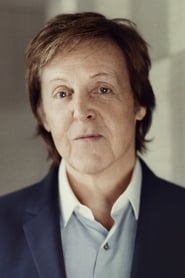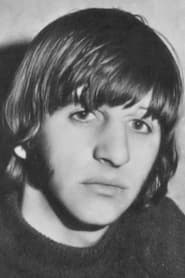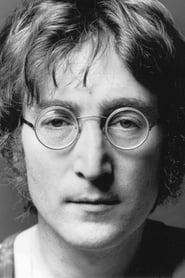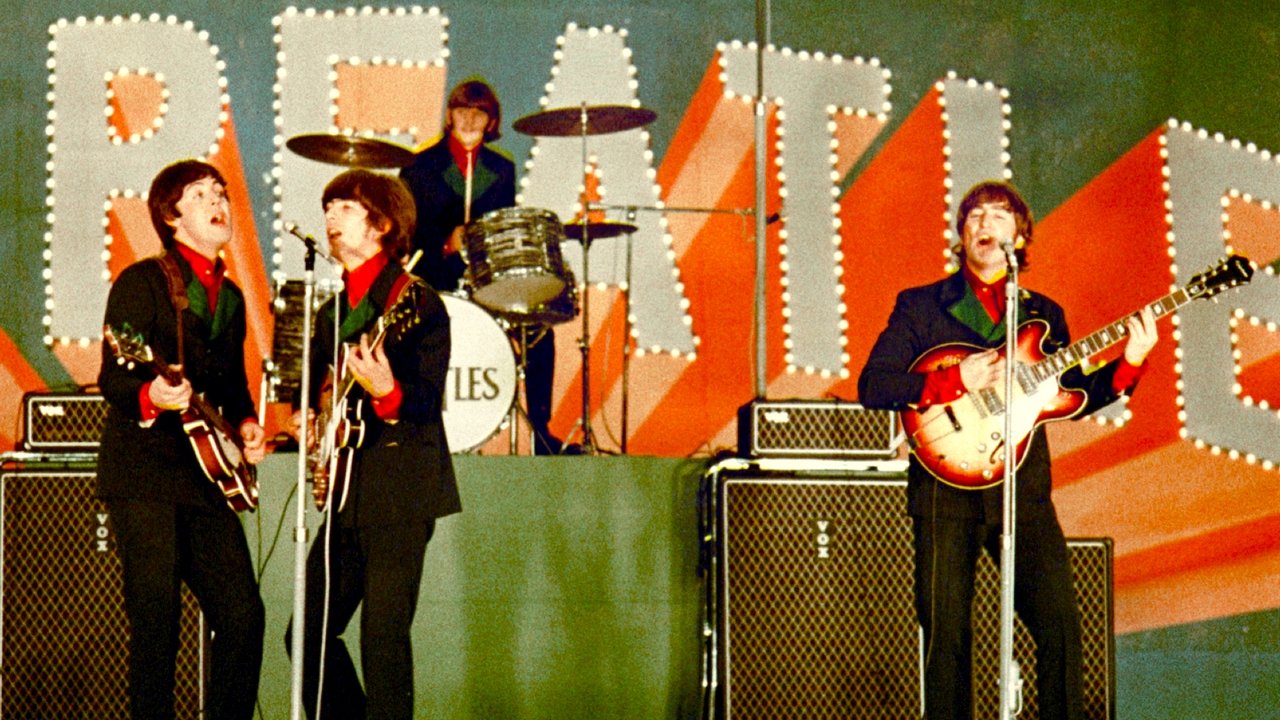

The Beatles: Around the World(2003)
«Around the World» actually contains three sections. First is what seems to be a basically complete version of the «Around the Beatles» TV broadcast from England. Next is the promo ad for theater showings of the first U.S. Washington D.C. concert program, and then the program straight through until the abrupt cut during the next-to-last song. Third segment is the 1966 Tokyo «light suits» concert.
Movie: The Beatles: Around the World
Similar Movies
 0.0
0.0The Abbey Road Story(en)
Television documentary about the legendary Abbey Road Studios in London, England.
 7.0
7.0I Used to Be Normal: A Boyband Fangirl Story(en)
'I Used to be Normal - A Boyband Fangirl Story' is the surprising coming of age story of four diverse women who have had their lives dramatically changed by their love of a boyband - Backstreet Boys, One Direction, Take That and The Beatles.
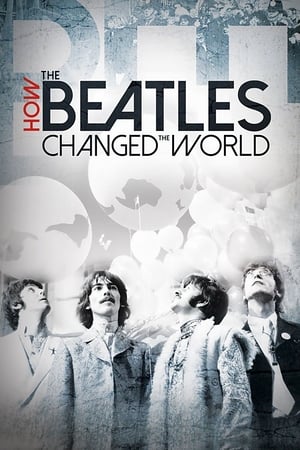 7.3
7.3How the Beatles Changed the World(en)
The fascinating story of the cultural, social, spiritual, and musical revolution ignited by the coming of the Beatles. Tracing the impact that these four band members had, first in their native Britain and soon after worldwide, it reappraises the band and follows their path from young subversives to countercultural heroes. Featuring fresh, revealing interviews with key collaborators as well as a wealth of rarely-seen archival footage, this is a bold new take on the most significant band in the history of music and their enduring impact on popular culture.
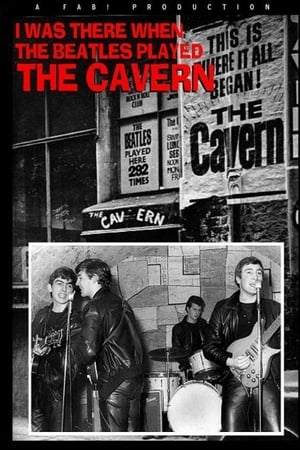 5.0
5.0I Was There: When the Beatles Played the Cavern(en)
I Was There…When the Beatles Played The Cavern tells the story of the underground venue which has become synonymous with one of the world’s greatest bands – The Beatles. The programme includes rare archive footage of the Cavern Club in the sixties, including film of The Beatles performing ‘Some Other Guy’ at the club. On 9 February 1961, having recently returned to Liverpool from performing in Hamburg, The Beatles played at The Cavern for the first of nearly 300 appearances at the club. By the time they played their last gig there, Beatlemania had swept Britain and the band was conquering the world.
 5.9
5.9Classic Albums: John Lennon - Plastic Ono Band(en)
A documentary about the making of John Lennon's seminal solo debut album, "Plastic Ono Band," featuring historical analysis and playbacks of the original multi-track session tapes. Includes interviews with the musicians and personnel involved with the recording sessions as well as Lennon's widow Yoko Ono and other associates of the Lennons.
 0.0
0.0Deconstructing the Birth of the Beatles(en)
In the late '50s, John Lennon, Paul McCartney, George Harrison, and Richard Starkey were just four Liverpudlian teenagers who decided to play music. With no formal training and no ability to read or write music, they tried to emulate their American rock heroes. Within a few years, they would change music history (and the world) forever. Scott Freiman traces the birth of the Beatles from their days as the Quarrymen to their first visit to EMI Studios and the recording of “Love Me Do.”
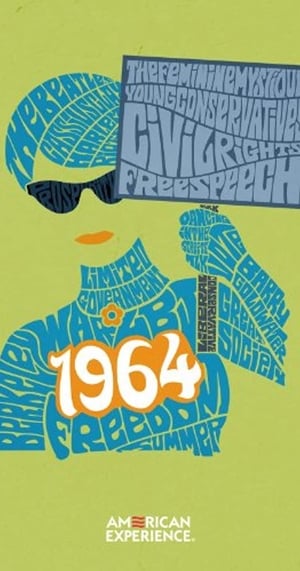 6.4
6.41964(en)
1964 was the year the Beatles came to America, Cassius Clay became Muhammad Ali, and three civil rights workers were murdered in Mississippi. It was the year when Berkeley students rose up in protest, African Americans fought back against injustice in Harlem, and Barry Goldwater’s conservative revolution took over the Republican Party. In myriad ways, 1964 was the year when Americans faced choices: between the liberalism of Lyndon Johnson or Barry Goldwater’s grassroots conservatism, between support for the civil rights movement or opposition to it, between an embrace of the emerging counterculture or a defense of traditional values.
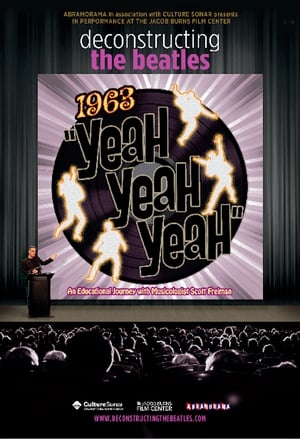 0.0
0.0Deconstructing the Beatles: 1963 Yeah! Yeah! Yeah!(en)
In late 1962, the Beatles stepped into EMI studios for the first time, meeting producer George Martin and beginning an unparalleled and remarkable recording career. Over the next eighteen months, they would release four number one singles (including “She Loves You” and “I Want To Hold Your Hand”) and two number one albums while becoming worldwide superstars. In Deconstructing The Beatles 1963 Yeah! Yeah! Yeah!, Scott Freiman explores the music that helped launch Beatlemania.
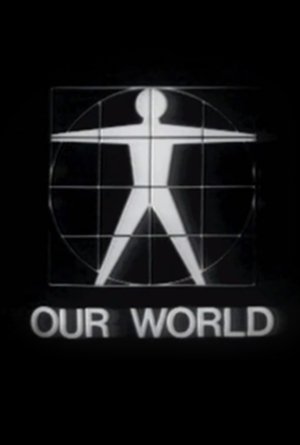 0.0
0.0Our World(en)
Various international presentions are featured through satellite uplink.
 6.5
6.5The Beatles: Parting Ways(en)
Parting Ways treats The Beatles with the respect they deserve and details their lives since the world's number one band fell apart.
 7.1
7.1Good Ol' Freda(en)
The story of Freda Kelly, a shy Liverpudlian teenager asked to work for a young local band hoping to make it big: The Beatles. Their loyal secretary from beginning to end, Freda tells her tales for the first time in 50 years.
 8.0
8.0Carpool Karaoke: When Corden Met McCartney Live From Liverpool(en)
James Corden's Carpool Karaoke with Paul McCartney brought on an unprecedented response from audiences, racking up more than 30 million views on YouTube in just two months. This feature, which is more than double the length of the 23-minute original, aired on Aug. 20 2019 on CBS.
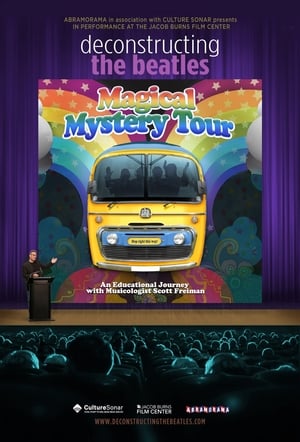 0.0
0.0Deconstructing The Beatles Magical Mystery Tour(en)
Deconstructing The Beatles' Magical Mystery Tour explores the music written for the Magical Mystery Tour TV show, as well as the additional songs that appeared on the 1967 LP. In 1967, The Beatles embarked on an ambitious project, writing and directing a one-hour film, Magical Mystery Tour. The music written for the film is some of The Beatles' psychedelic best. In Deconstructing The Beatles' Magical Mystery Tour, Mr. Freiman delves into the creative process behind “The Fool On The Hill,” “Blue Jay Way,” “I Am The Walrus,” and other selections from Magical Mystery Tour. Scott will also “deconstruct” other songs from the Magical Mystery Tour album, including “Strawberry Fields Forever,” “Penny Lane,” and “All You Need Is Love.”
Braverman's Condensed Cream of the Beatles(en)
Photos, animation, and music illustrate the story of the Beatles.
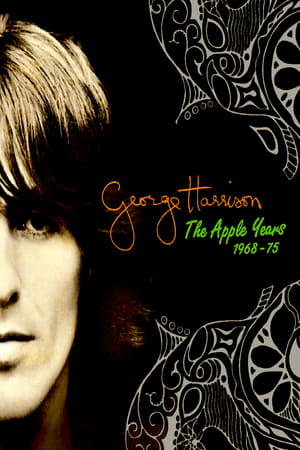 0.0
0.0George Harrison: The Apple Years 1968-75(en)
«The Apple Years» contains several George Harrison promotional films and other video clips.
 5.2
5.2All This and World War II(en)
Peter Gabriel is among the rockstars performing the music of Lennon and McCartney against a montage of World War II newsreel footage.
 8.0
8.0The Beatles: Love Me Do - A Documentary(en)
On October 5th 1962, the Beatles released their first single, Love Me Do. It was a moment that changed music history and popular culture forever. It was also an extraordinary year in social and cultural history, not just for Liverpool but for the world, with the Cuban missile crisis, John Glenn in space and beer at a shilling a pint. Stuart Maconie explores how the Beatles changed from leather and slicked back hair to suits and Beatle mops, and how their fashion set the pace for the sixties to follow. Pop artist Sir Peter Blake, Bob Harris and former Beatles drummer Pete Best join friends to reflect on how the Beatles evolved into John, Paul, George and Ringo - the most famous band in the world.
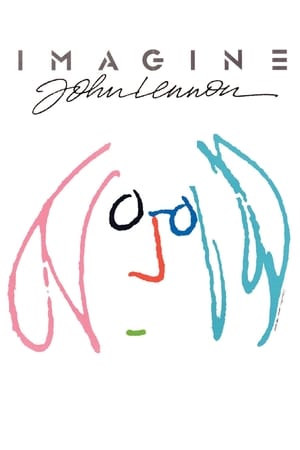 6.9
6.9Imagine: John Lennon(en)
The biography of former Beatle, John Lennon—narrated by Lennon himself—with extensive material from Yoko Ono's personal collection, previously unseen footage from Lennon's private archives, and interviews with David Bowie, his first wife Cynthia, second wife Yoko Ono and sons Julian and Sean.
 0.0
0.0Deconstructing The Beatles' Rubber Soul(en)
In Deconstructing The Beatles' Rubber Soul, composer/producer Scott Freiman walks Beatles fans young and old through the creation of Rubber Soul. Learn the stores behind the creation of “Norwegian Wood,” “In My Life,” “Nowhere Man,” and other classic Beatles songs. Mr. Freiman conducts an educational journey into the creative process of The Beatles performances and recording sessions.
 10.0
10.0Imagine Imagine(en)
This British documentary is more than an analysis of John Lennon's song "Imagine" and its ramifications for the world we live in, it's a tentative documentary on John (and Yoko)'s art and songs' influence on a lot of people in all parts of the world and from all walks of life. As such, it should be better known and considered part of the Beatles "canon". The footage shows everything from a John Lennon Museum in Japan to a John Lennon elementary school in Liverpool to his influence on the thinking of a former Communist from Georgia (of the former USSR). It is provocative and very well made with a serious contribution from Yoko.
